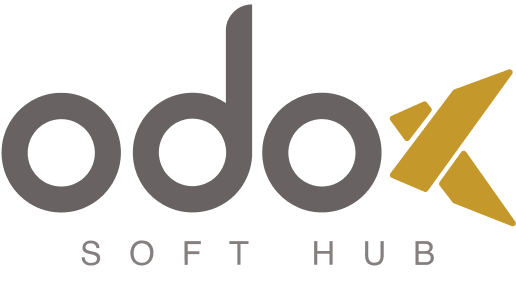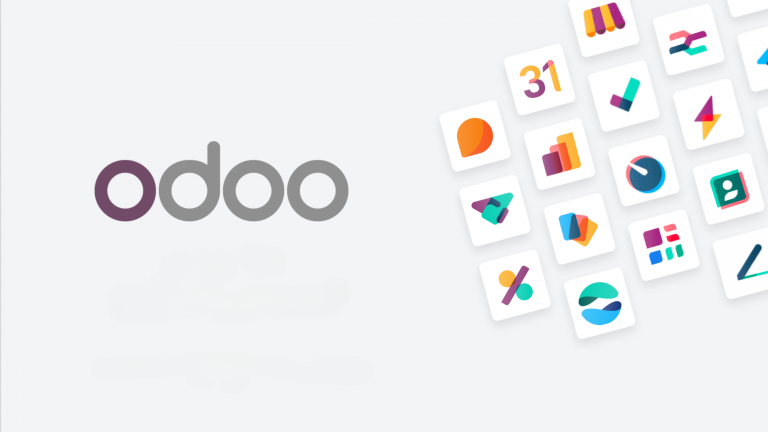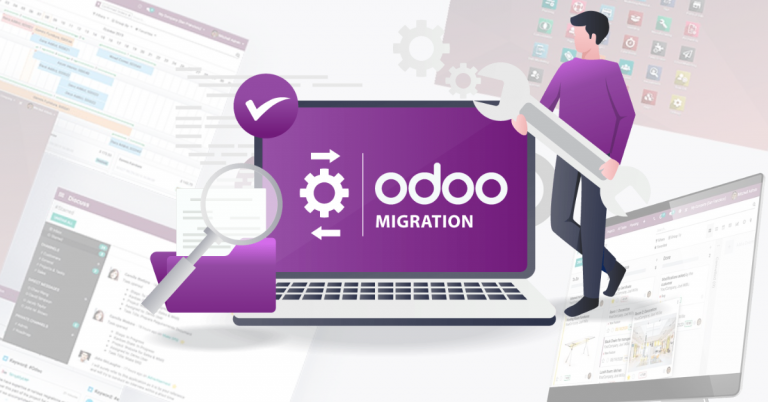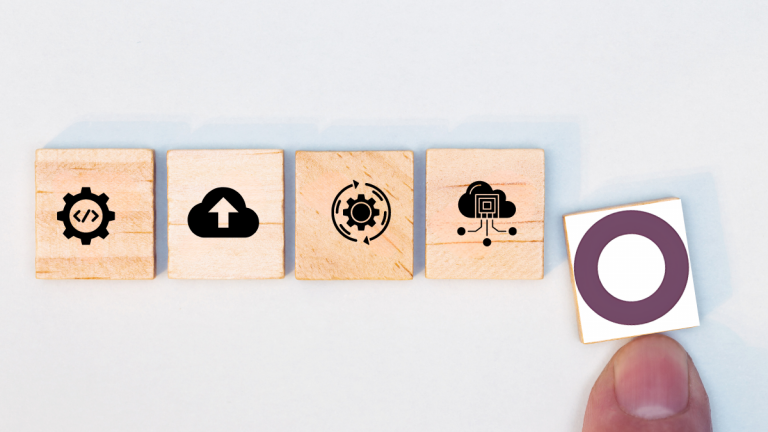
Odoo vs. Odoo: A Legacy of Innovation and Evolution
When it comes to enterprise resource planning (ERP) software, Odoo has become a household name—not just for businesses adopting ERP systems but also for those keeping an eye on technological innovation. But instead of comparing Odoo to other ERP solutions, let’s delve into a more fascinating discussion: Odoo vs. Odoo. This is not merely a battle of versions or features; it’s a story of transformation, growth, and revolution that has spanned nearly two decades.
The Humble Beginnings: TinyERP (2005-2009)
Every giant has its origin story, and for Odoo, it all began in 2005 with TinyERP. Created by Fabien Pinckaers, TinyERP was a bold vision to revolutionise business software. The goal was simple yet ambitious: to create a user-friendly, cost-effective ERP system accessible to small and medium-sized businesses. At a time when enterprise software solutions were cumbersome and prohibitively expensive, TinyERP presented a much-needed alternative.
From the outset, TinyERP was designed with modularity in mind. This allowed businesses to pick and choose the functionalities they needed rather than being forced into a one-size-fits-all solution. By 2009, TinyERP had gained considerable traction, and it was time for the next big step.
Enter OpenERP: Expansion and Recognition (2009-2013)
In 2009, TinyERP underwent a major rebranding, becoming OpenERP. This name change reflected the growing vision of creating an open-source ERP solution that could cater to diverse industries and business needs. OpenERP introduced an ecosystem that allowed developers and businesses to collaborate, innovate, and extend the platform’s capabilities.
By 2010, the company had grown to over 100 employees and had established a global presence. OpenERP quickly became synonymous with flexibility and scalability. Its open-source nature empowered businesses to customise their ERP solutions, leading to widespread adoption.
One of the defining moments in this era was the Deloitte Technology Fast50 Award in 2013. OpenERP was recognised as Belgium’s fastest-growing company, boasting an astonishing 1,549% growth over five years. This accolade solidified its position as a leader in the ERP space.
The Birth of Odoo: A New Chapter (2014-2018)
In 2014, OpenERP rebranded again, this time adopting the name we know today: Odoo. This change wasn’t just about branding; it marked a significant shift in the company’s strategy and vision. The name “Odoo” symbolised a new beginning, one that was less about being just an ERP solution and more about being a comprehensive business management suite.
With this rebranding came a flurry of innovations:
Apps Galore: Odoo introduced a vast array of applications, from CRM and HR to eCommerce and inventory management.
Community and Enterprise Editions: The platform was divided into two versions: a free Community Edition and a paid Enterprise Edition, offering premium features and support.
Global Expansion: Odoo’s user base grew exponentially, and by 2015, it was recognized by Inc. Magazine as one of Europe’s fastest-growing private companies.
Scaling New Heights: The Growth Years (2019-2021)
The years 2019 to 2021 marked a period of unprecedented growth for Odoo. Some of the key milestones include:
$90 Million Investment: In 2019, Odoo secured a massive $90 million investment, enabling the company to scale its operations, enhance its product offerings, and expand its global footprint.
5 Million Users: By 2021, Odoo had surpassed 5 million users worldwide, ranging from small startups to multinational corporations.
Enhanced Features: The release of Odoo 14 and 15 introduced groundbreaking features, including advanced reporting tools, AI-driven automation, and industry-specific modules.
Breaking Records: Odoo’s Dominance in the ERP Space (2022-2025)
- As Odoo entered its third decade, it achieved milestones that set it apart from competitors:
- Odoo 16: Released in 2022, this version focused on speed and performance, making it the fastest Odoo ever.
- Odoo 17: Introduced in 2023, it brought game-changing features for industries like restaurants and POS, solidifying Odoo’s dominance in niche markets.
- Odoo 18 and Beyond: By 2024, Odoo 18 had already made its mark, while Odoo 19 (on the horizon) promises to redefine ERP capabilities once again.
Odoo Today: The World’s #1 ERP Solution
As of 2025, Odoo stands as the most installed ERP software globally, with over 12 million users. Its impact spans across industries, from manufacturing and retail to healthcare and education. Odoo is no longer just an ERP; it’s a global force shaping the future of business.
Odoo vs. Odoo: A Story of Constant Evolution
So, what does “Odoo vs. Odoo” really mean? It’s not a competition between versions; it’s a celebration of progress. From TinyERP to Odoo 19, this journey reflects:
Innovation: Continuously introducing features that address real-world business challenges.
Community: Building a global network of developers, partners, and users who contribute to its growth.
Excellence: Setting benchmarks for quality, performance, and usability.
The Future of Odoo
With each new version, Odoo pushes the boundaries of what’s possible in ERP software. As we look ahead to the next chapter, one thing is certain: Odoo isn’t just adapting to the future; it’s defining it.
Ready to Join the Odoo Revolution?
Whether you’re a small business owner or a global enterprise, Odoo has something to offer. Take the leap and experience the power of innovation, modularity, and community with Odoo.






